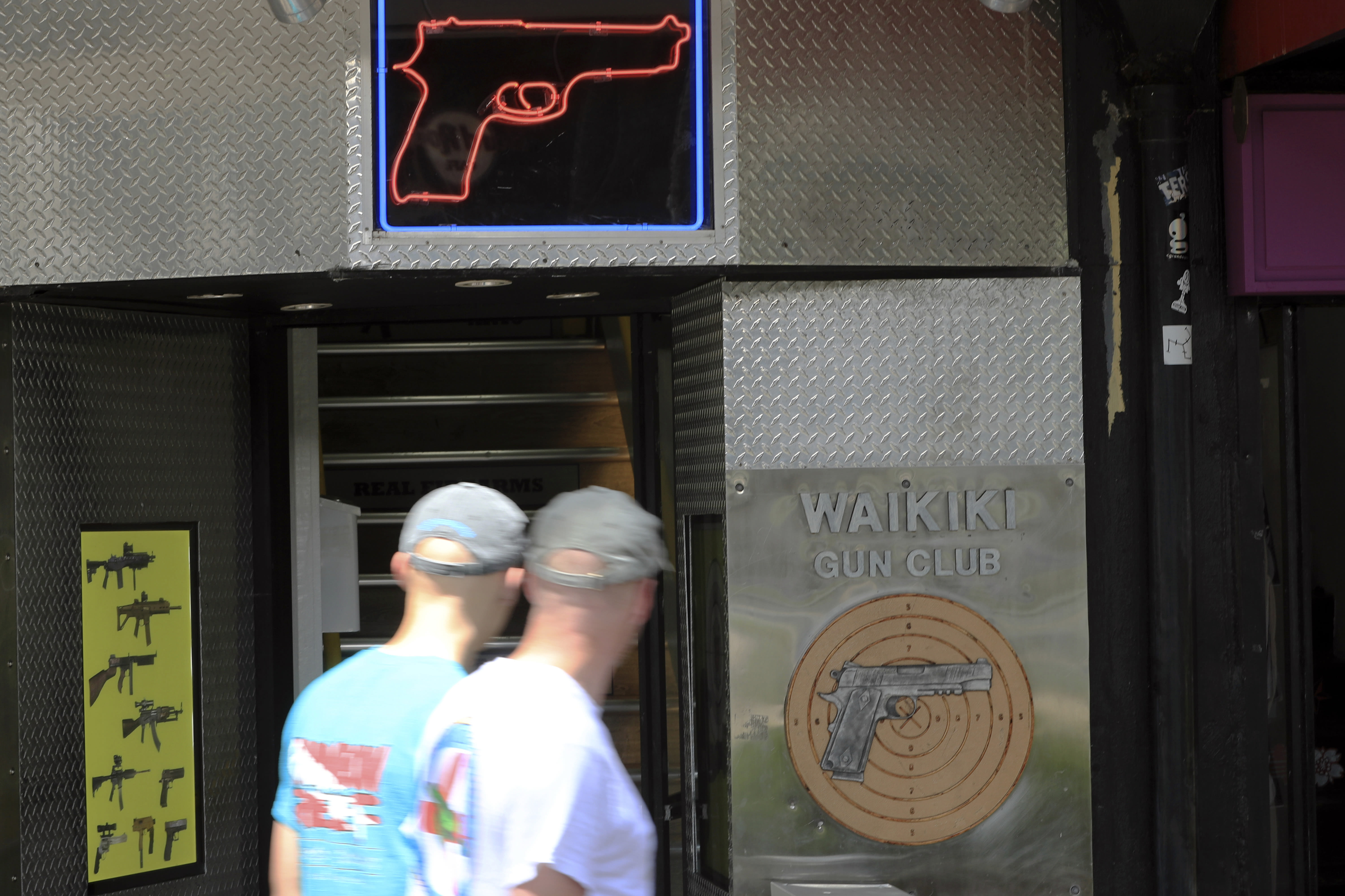Search results
News about Hawaii, wildfire, Presidential Scholars
News about Matt Anderson, Hawaii, Davis Smith
Also in the news
Hawaii is the southernmost U.S. state and the second westernmost after Alaska. Like Alaska, Hawaii borders no other U.S. state. It is the only U.S. state not in North America, and the only one completely surrounded by water and entirely an archipelago. In addition to the eight main islands, the state has many smaller islands and islets.
- List of Islands of Hawaii
Hawaiʻi County centers on Hawaiʻi Island.With an area of...
- Hawaiian Sovereignty Movement
The Hawaiian sovereignty movement (Hawaiian: ke ea Hawaiʻi)...
- Hawaii State Legislature
The Hawaii State Legislature (Hawaiian: Ka ‘Aha‘ōlelo kau...
- Native Hawaiians
King Kamehameha II. The history of Kānaka Maoli, like the...
- Seal of Hawaii
The Great Seal of the State of Hawaii is circular in shape,...
- Japanese in Hawaii
Japanese Immigrant's Assembly Hall in Hilo, built in 1889,...
- List of Islands of Hawaii
- Overview
- Relief
- Drainage
- Soils
Hawaii, constituent state of the United States of America. Hawaii (Hawaiian: Hawai‘i) became the 50th U.S. state on August 21, 1959. Hawaii is a group of volcanic islands in the central Pacific Ocean. The islands lie 2,397 miles (3,857 km) from San Francisco, California, to the east and 5,293 miles (8,516 km) from Manila, in the Philippines, to the west. The capital is Honolulu, located on the island of Oahu.
Hawaii was characterized by Mark Twain as “the loveliest fleet of islands that lies anchored in any ocean.” The name is thought to derive from Hawaiki, the former name of Raiatea, the ancestral home of Polynesians.
The land area of the state of Hawaii consists of the tops of a chain of emerged volcanic mountains that form 8 major islands and 124 islets, stretching in a 1,500-mile (2,400-km) crescent from Kure Island in the west to the island of Hawaii in the east. The eight major islands at the eastern end of the chain are, from west to east, Niihau, Kauai, Oahu, Molokai, Lanai, Kahoolawe, Maui, and Hawaii. Each volcanic mountain formed during the transit of the Pacific Plate across a hotspot (a region of Earth’s upper mantle that upwells to melt through the crust) located beneath the central Pacific Ocean, and erupting magma added mass to the crust above.
Britannica Quiz
Historical USA
The origin of Hawaii’s islands, islets, and seamounts can be traced to at least 70 million years ago, near the end of the Cretaceous Period (145 million to 66 million years ago). Volcanic activity has become dormant, with the exception of the emergent volcanoes of Mauna Loa, Kilauea, and the Lō‘ihi Seamount. Mauna Loa and Kilauea are located on the easternmost and largest island, Hawaii (often referred to as the “Big Island”), where spectacular eruptions and lava flows take place from time to time. The Lō‘ihi Seamount, a growing volcano that could break the surface of the ocean tens of thousands of years from the present, is located 18.6 miles (30 km) southeast of the island of Hawaii. The highest Hawaiian mountains are Mauna Kea and Mauna Loa, both on the island of Hawaii, reaching 13,796 feet (4,205 metres) and 13,678 feet (4,169 metres) above sea level, respectively.
There has been little erosion in the geologically young areas, where the terrain is domelike or scattered with hardened lava, and the volcanic craters are clearly defined. In the older areas the mountains have been shaped and eroded by sea, rain, and wind. Their aspects thus include sharp and craggy silhouettes; abrupt, vertically grooved cliffs pocked with caves; deep valleys; collapsed craters (calderas); and coastal plains. The powerful Pacific surf, churning and crashing against the fringing coral shelves and the lava shorelines, has carried minute shells onto the shore and reduced coral and large shells to sand, creating the state’s famous expanses of beach.
Are you a student? Get Britannica Premium for only 24.95 - a 67% discount!
Because the topography of Hawaii is generally abruptly descending or sloping, there are few surfaces that collect water. Excess rainfall seeps through porous mountain areas to gather in subterranean chambers and layers retained by less-permeable lava and ash beds, or it is prevented by underlying salt water from seeping to the sea. The resultant ar...
As a result of the weathering of basaltic lava and volcanic ash, Hawaii is rich in arable soils. Given local conditions, with variations in rainfall and organic matter, the islands contain a wide variety of soils. Of these the most significant are the andisols and mollisols that are the product of lava flows that occurred more than 3,000 years ago ...
People also ask
Is Hawaii a part of the United States?
Where is Hawaii located?
When did Hawaii become a state?
Why is Hawaii called the Big Island?
Mar 6, 2023 · Outline Map. Key Facts. Hawaii is a group of volcanic islands located in the central Pacific Ocean. Occupied by indigenous groups at first, the United States incorporated the region into a state in 1959. It consists of eight main islands and numerous smaller ones, with a total land area of 10,931 square miles.
- Honolulu
- Honolulu (912,421)
- US-HI
- State of Hawaii
Dec 16, 2009 · Hawaii (Hawaiian: Hawai‘i) is a group of volcanic islands in the central Pacific Ocean. The islands lie 2,397 miles from San Francisco, California, to the east and 5,293 miles from Manila,...
Hawaii is the only U.S. state that is situated entirely on an archipelago, and the only state not geographically connected with North America. The Northwestern islands (sometimes called the Leeward Islands) and surrounding seas are protected as a National Monument and World Heritage Site.
Hawaii ( / həˈwaɪʔi / ⓘ hə-WY-ee; Hawaiian: HawaiʻiHawaiian pronunciation: [həˈvɐjʔi]) is the largest island in the United States, located in the eponymous state of Hawaii. It is the southeasternmost of the Hawaiian Islands, a chain of volcanic islands in the North Pacific Ocean.
Jan 18, 2024 · Which Hawaiian Island is the Best to Visit? Our 2024 Ranking. By Elizabeth Von Tersch. |. Reviewed by Alissa Grisler. |. Last updated on Jan. 18, 2024. Though it can be easy to assume the six...



